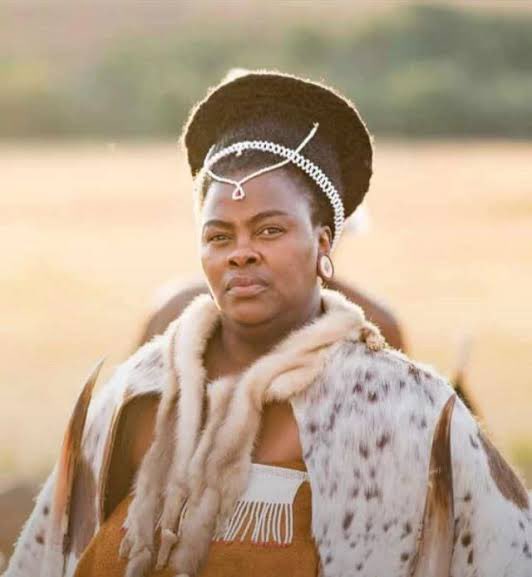1. THE NAMBYA PEOPLE OF ZIMBABWE 🇿🇼 AND BOTSWANA 🇧🇼
The oral history of BaNambya now centred in Whange dates back to the early 18th century when Dende; one of the three sons of a Lozwi/ Rozwi king ruling at Danangombe broke away from his father to establish his own kingdom.
The oral history of BaNambya now centred in Whange dates back to the early 18th century when Dende; one of the three sons of a Lozwi/ Rozwi king ruling at Danangombe broke away from his father to establish his own kingdom.

2. Dende and his followers fled and trekked towards the Zambezi Valley. On his way he conqured and incorporated many clans. He changed his names three times to conceal his identity from his enemies. He changed from Dende to Sawanga and finally Whange. Whange means to make peace. 

3. Dende and his followers entered the Leya territory through Lower Gwayi, settling in the Bhale area between the Gwayi, Nyatuwe and Lukosi rivers. Here they assimilated some of the Leya into the Nambya state. Dende assumed the title Whange which became synonymous with king. 

4. On top of a hill named Shangano a Nambya word meaning to meet, they built a stone walled enclosure which became the first capital city of the BaNambya people who now incorporated the Kalanga, Shangwe,Leya and Tonga-Dombe. Nambya main dialects became the baNizi and the baNyayi. 

5. The BaNambya people built other towns like Dete. From Shangano city they later moved to Bumbusi area in the upper Deka valley during the reign of the fifth Whange, Shana between 1834 and 1860. There they built another massive stone palace. 

6. The Nambya kingdom was a barrier between the Ndebele and the Lozi kingdom in present day Zambia. Mzilikazi thus needed pliable Nambya leaders who would advance Ndebele interests by protecting trade routes and also becoming military allies to fight the Lozi of Sebetwane. 

7. When the Nambya resisted having an alliance wth the Ndebele; the Ndebele fought with and defeated Whange Lusumbami Debwelezilawa and replaced him with a friendly Whange. The Ndebele-Nambya battle resulted in the dispersal of some of the Nambya into Zambia and most in Botswana. 

8. The Botswana group settled in Deka near Pandamatenga, in two migration waves. Thereafter, one group hived off, heading towards the North West region, passing through Kachikau and Mababe and eventually settling in Maun and surrounding areas. 

9. Others pushed farther on, settling in Khumaga, Makalamabedi and Mopipi in the Boteti area.The second group settled in Gweta for a period of time before heading for Xhumo in the Boteti where it settled with a Kalanga community. 

10. An offshoot of this group went to Khama III’s Shoshong capital of Bangwato. This group joined Bangwato as they moved first to Palapye and later Serowe. Descendants of the this group now live in Senapa Ward in Serowe. 

11. The Nambya kingdom became a tributary kingdom of the Ndebele. As the Ndebele state expanded, many BaNambya were assimilated. They were called abaNanzwa because of the preferential treatment, ukunanzwa, by King Mzilikazi. AbaNanzwa means those taken care or given attention. 

12. Assimilated Nambya and Leya men were later incorporated into the Amabhukudwane regiment during the reign of Lobhengula.The Ndebele kings played a major role in the succession politics of baNambya; often giving military support to a preferred ally. 

13. The BaNambya traditional leadership houses in Zimbabwe are Shana,Whange, Nekatambe and Nelukoba. In Botswana the traditional leadership houses are Shashe Shakwa,Manchebu, Makonyela, Nakwela, Montsho, Masusu, Shambi, Sumbami, Manchebu Phaphadza, Bahalole and Mazwimbo. 

14. More on the Nambya...
https://twitter.com/RealMzalaTom/status/1330446123048312838?t=IN9Tw5SH4PQeYGUfm-R5ug&s=19
• • •
Missing some Tweet in this thread? You can try to
force a refresh


















